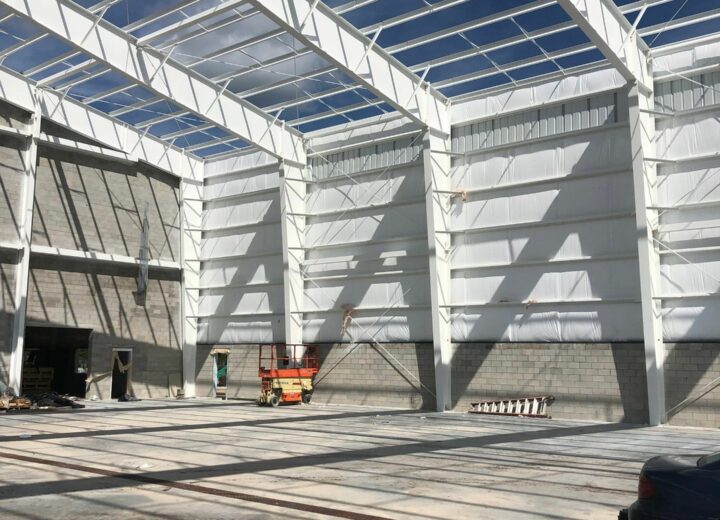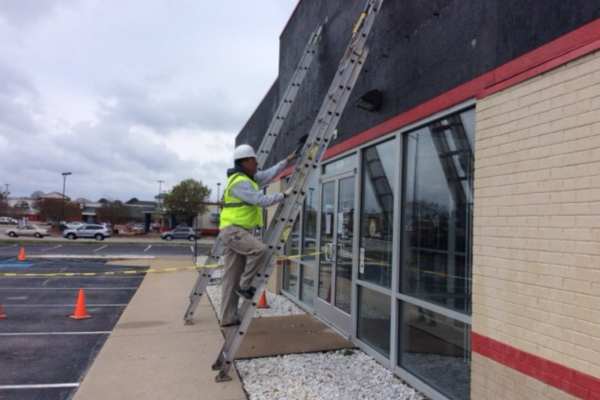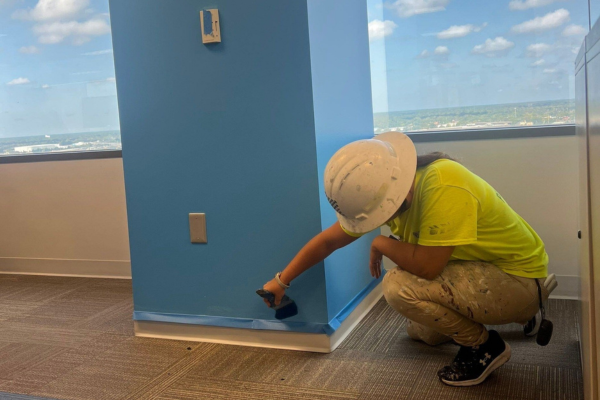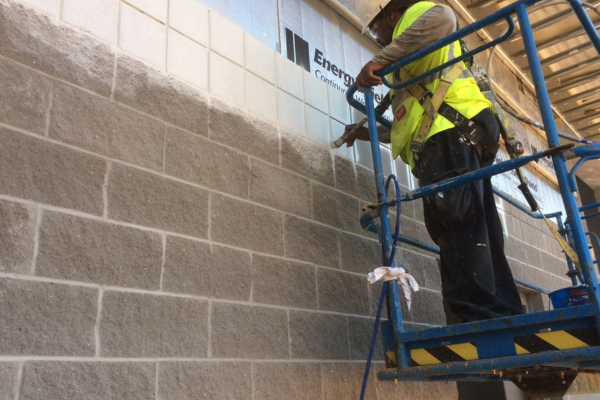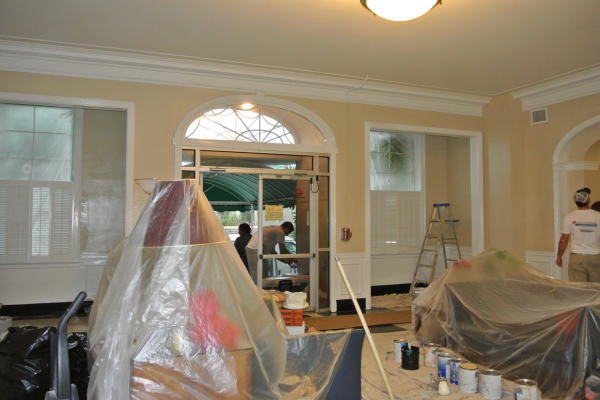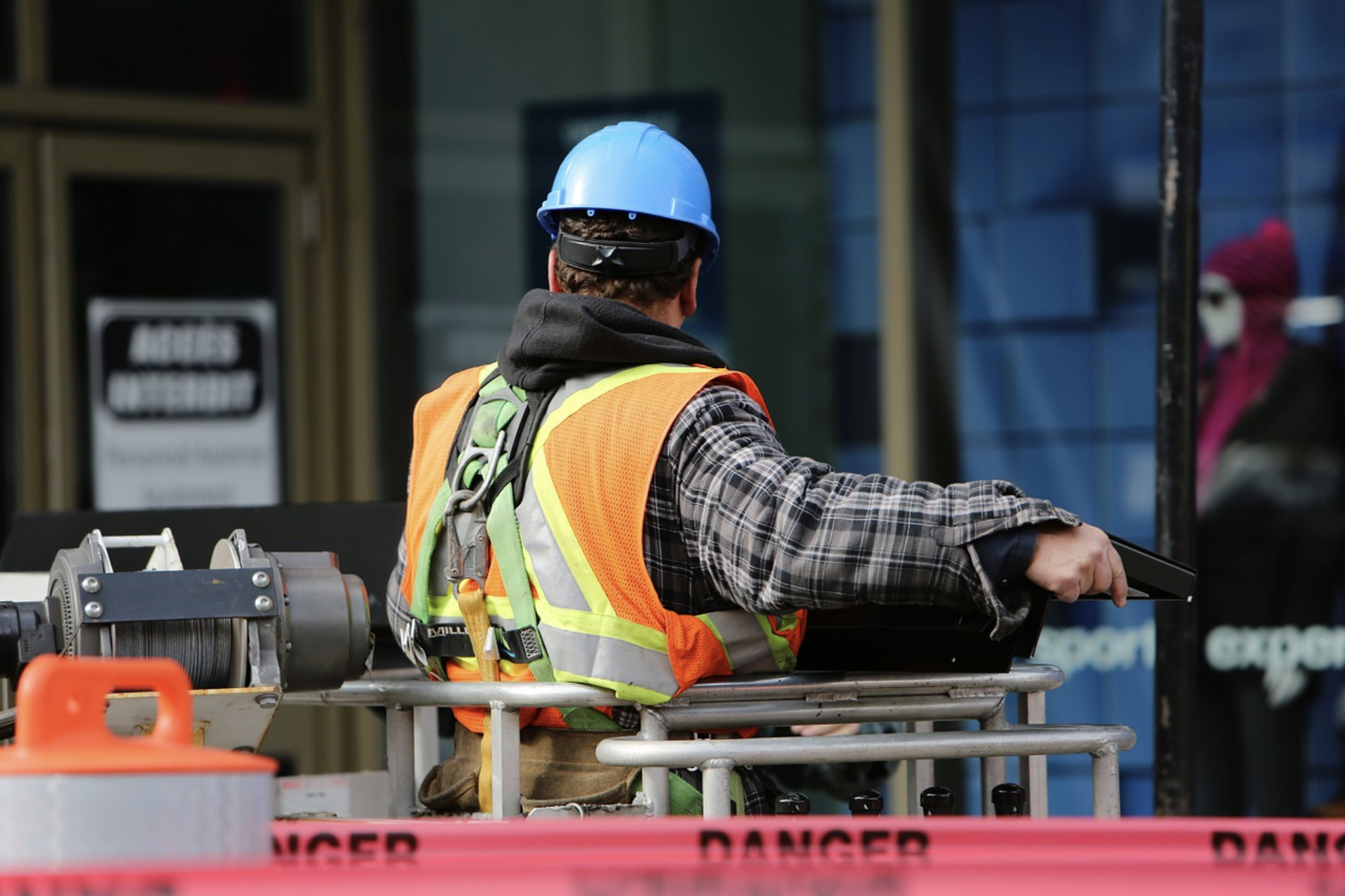
If you are looking at painting a structure and need a type of paint that forms a barrier against moisture, than elastomeric coating is the one that you should consider using. Even though the elastomeric paint has not been in existence as long as many other paints, since the late nineteen fifties it has evolved into one of the leading coatings used for industrial, commercial and residential structures. If your building is in an area that is continuously being bombarded with dampness issues, you will want to know what are the pros and cons of elastomeric paint.
Benefits and Drawbacks
There are some pros and cons of elastomeric paint, but in the end, it will entirely be up to you and the professional that you choose to decide if it is a good match for the job that is needed. It is advised that if using paint or coating such as this, to hire a professional that has experience with working with this type of paint, as it can significantly affect the results.
Benefits:
- Watertight – This is one of the main advantages to elastomeric coating, as it puts a secure coating on the surface so that the moisture is unable to intrude into the walls. The surfaces that the layers work on are poured concrete, masonry, stucco, floors, roofs, brick, metal and wood (with caution).
- Density – The paint is up to ten times thicker than regular paints, and when it is dry you can notice the difference. Elastomeric coating contains up to twenty mils each coating compared to a regular paint, which reaches only about three mils for each coat applied. An excellent example to look at is tarps in a store. Look and feel one that has just the strength of two or three mils and then notice and feel the difference on one that is ten to twenty mil. You will differently see and notice the difference in strength.
- Long-lasting – Since the makeup of Elastomeric is so strong, it can remain that way past ordinary paints. Elastomeric paint can hold up to ten years, and elastomeric coating can hold up even longer.
- Bendable – Since elastomeric is made up of stretchy material, it can move with the structure that it is placed on. This means that it can shift with a wall or roof in climate changes and structure settling.
Drawbacks:
- More Substantial Cost – It can cost up to fifty percent more than regular paint, but it does cover the same space with a much thicker coating than standard paint.
- Experienced Painter Needed – Since the makeup of this paint is very different from conventional paints, it is very difficult to work with and apply. If you do not have a person that is used to working with this type of paint, it can be applied incorrectly or even be weakened by thinning it out. An inexperienced painter might also try to charge you more for the product, but put less than required on your structure.
- May Create Unwanted Lumps – If this product is not applied correctly, it can cause it to look bumpy, not presenting its correct appearance and can lead to cracking. A solution to this is to put more than one layer of the product on the surface.
- Does Not Permeate – Elastomeric paint does not go through the base coating surface, so if you have any repairs needed for oversized fractures or holes you will need to take care of them before proceeding. It is also necessary to properly clean the area that the paint or coating will be applied to so that there will be no bonding issues.
- Backrolling Spray Requirement – If you are painting with a sprayer, you will need to backroll each coat, before you can proceed with the next. By following this step, you will be able to cover all of the surface and not just parts of it.
- Unclear Product Instructions – Some of the product labels do not detail the needed information on the number of coats that need to be applied, as well as the thickness that it needs to be.
Even though there are many cons with using Elastomeric the pros can outweigh them with the results. Since the surface that is covered can withstand a barrage of moisture time after time, and you do not have to repaint regularly, it can save you time and money in the long run.

